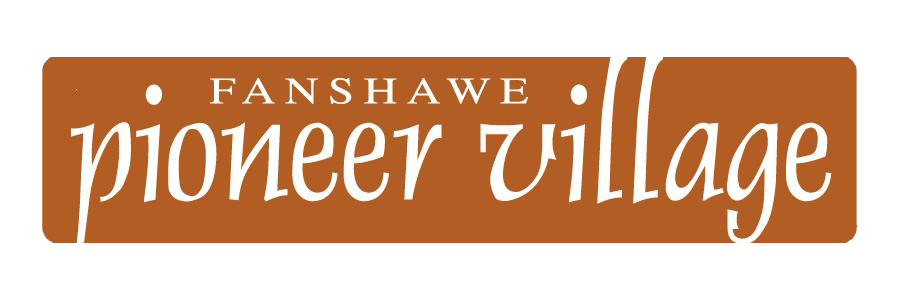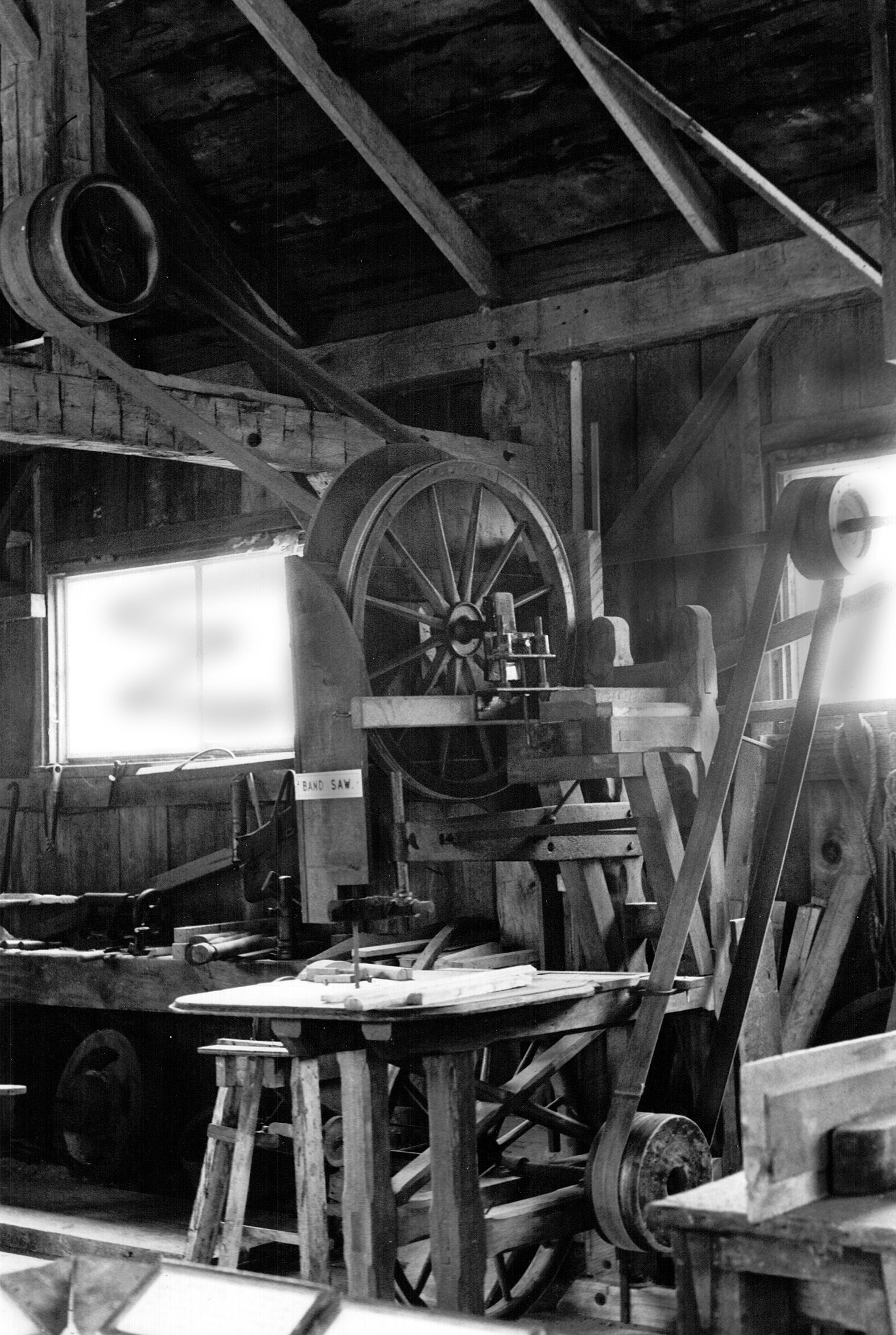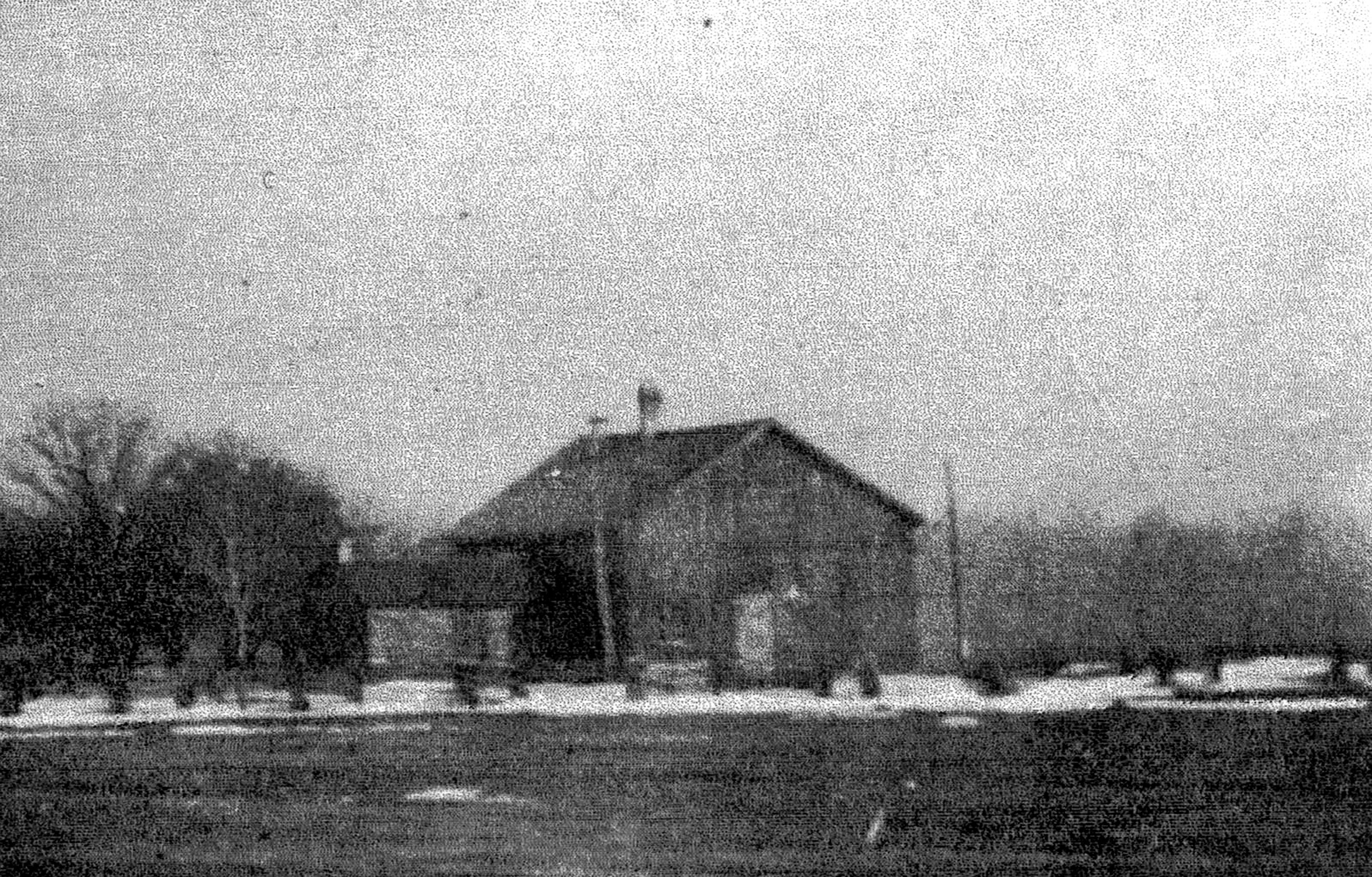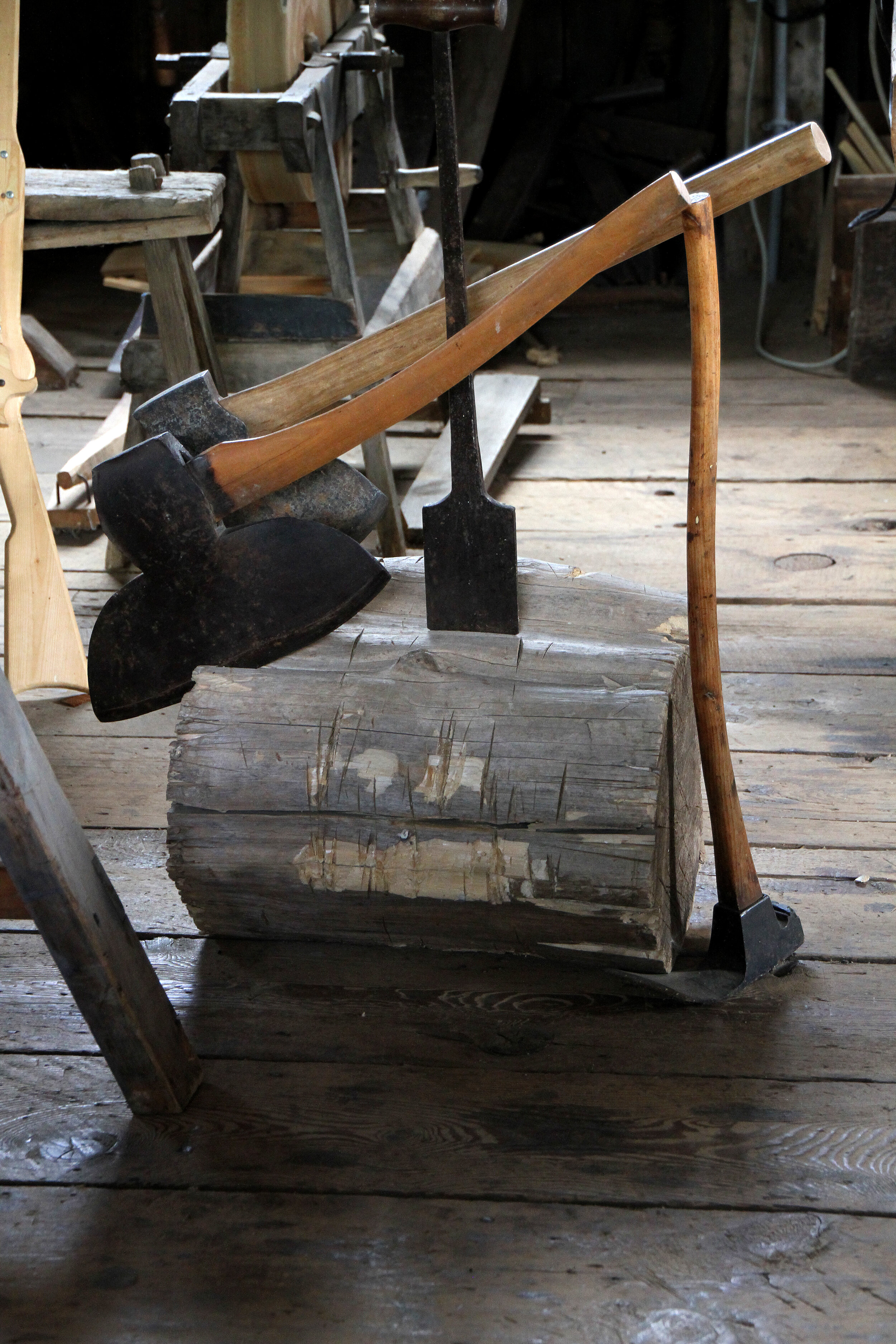Caverhill Woodworking Shop
Original Building
Lobo-London Township Line
Middlesex County
Circa 1870
Constructed by William A. Caverhill, the woodworking shop was originally a two-storey building, with an attached blacksmith shop. When the woodworking shop was relocated on the Caverhill property in 1933, the blacksmith shop became the family’s sugar shanty in their maple sugar bush. Due to decaying support beams, the woodworking shop was altered to be a one-storey structure when it was reconstructed at the Village in 1972. The layout of the interior and positions of the original machinery were rearranged to accommodate the change.
By the mid-1880s, advancements in farm machinery and equipment made it easier and less time-consuming for families to farm. Families often added to their farm’s income by operating shops and businesses.
William Caverhill constructed many barns and out-buildings in London and Lobo townships, but he is also responsible for some of the fine trim work found on homes on Richmond Street North in London.
The Caverhills supplemented their income through the woodshop run on their farm property. The Caverhill Woodworking Shop produced window frames, doors, trim, and siding, and built many houses, outbuildings, barns, and churches from the 1870s to the 1930s. Originally, horses ran the line shaft which powered the belt-driven lathe, planers, and saws. Today, a waterwheel has been added to the exterior of the shop as an example of another popular form of power that would have been used at sawmills, grist mills or paper mills.
When William Caverhill first started his woodworking shop, the machinery was of eight-horse-power gauge, literally. Up to eight workhorses walked in circles, rigged to belts and pulleys connected to the machines. In a sad accident, William’s youngest brother, James was killed when startled horses broke a belt, causing a pulley to spin out of control and fatally strike him in the head. This tragedy devastated the community. By the 1930s, the horse-drawn system had been replaced with a Case Model “C” tractor.
Power Sources
Power production was changing rapidly at this time. Along the back of the Village we have examples of wind, water, horse, and steam power. Gas- powered engines were also available but not yet a viable option for most farmers.
Water power contributed greatly to the ability of people to transform their landscape and develop staple products. It was a crucial component in the rapid shift to a commercial economy, and later an urban, industrial society.
By 1921 many farmers owned motor cars and tractors, but half still relied on horsepower.
Building restoration supported by Western Fair District Community Enhancement Fund and the Community Infrastructure Improvement Fund, Federal Economic Development Agency for Southern Ontario.









